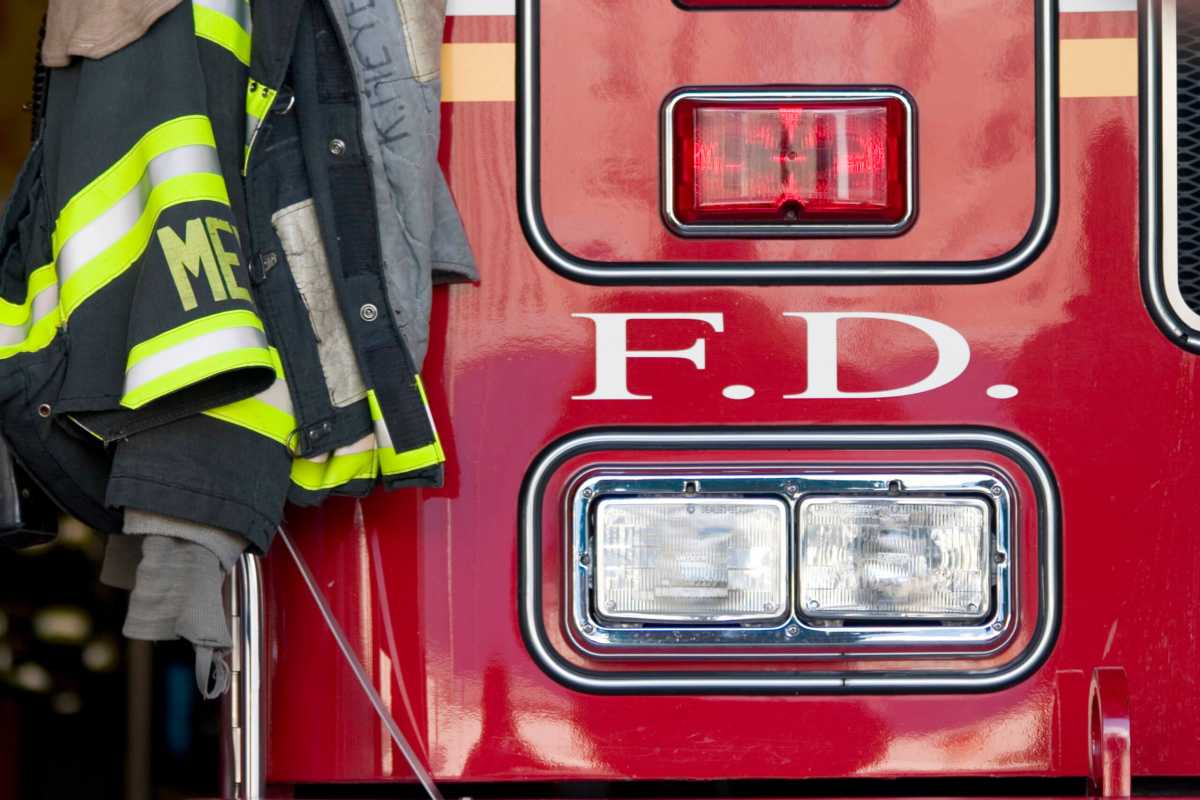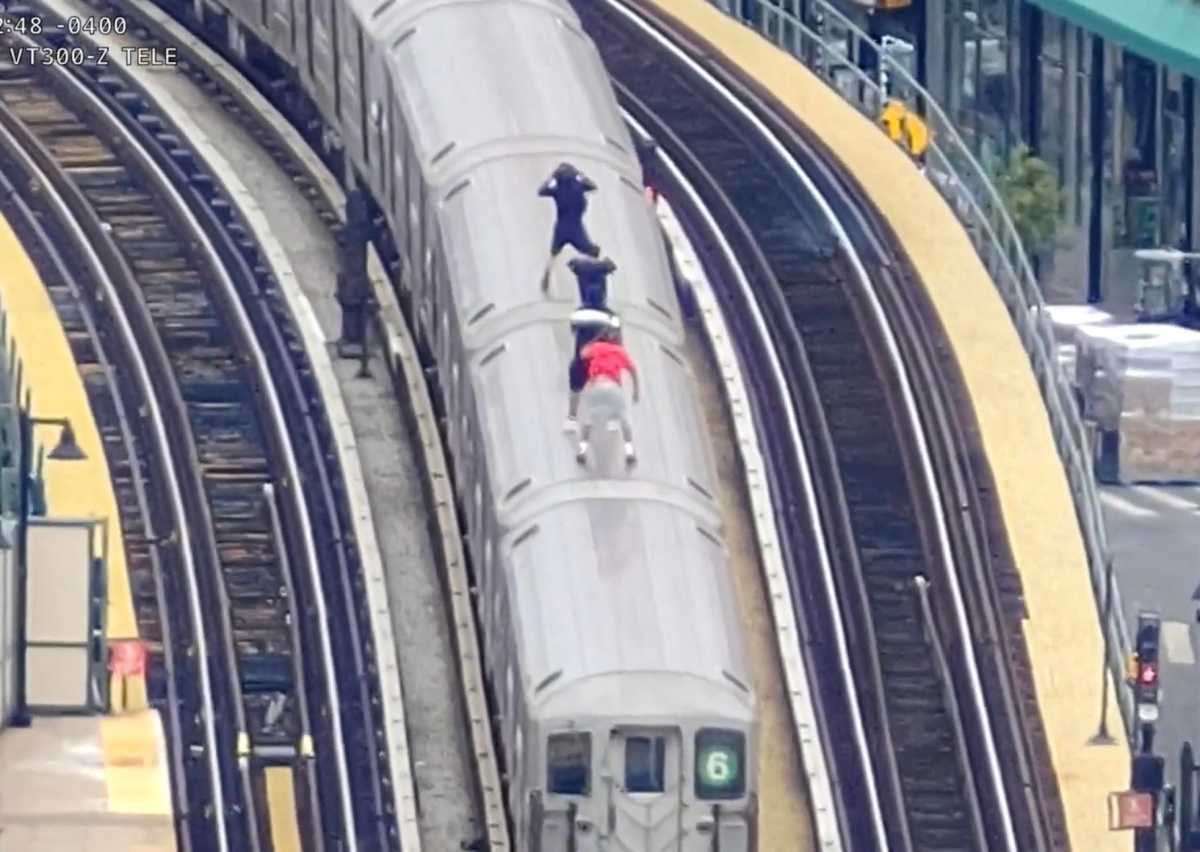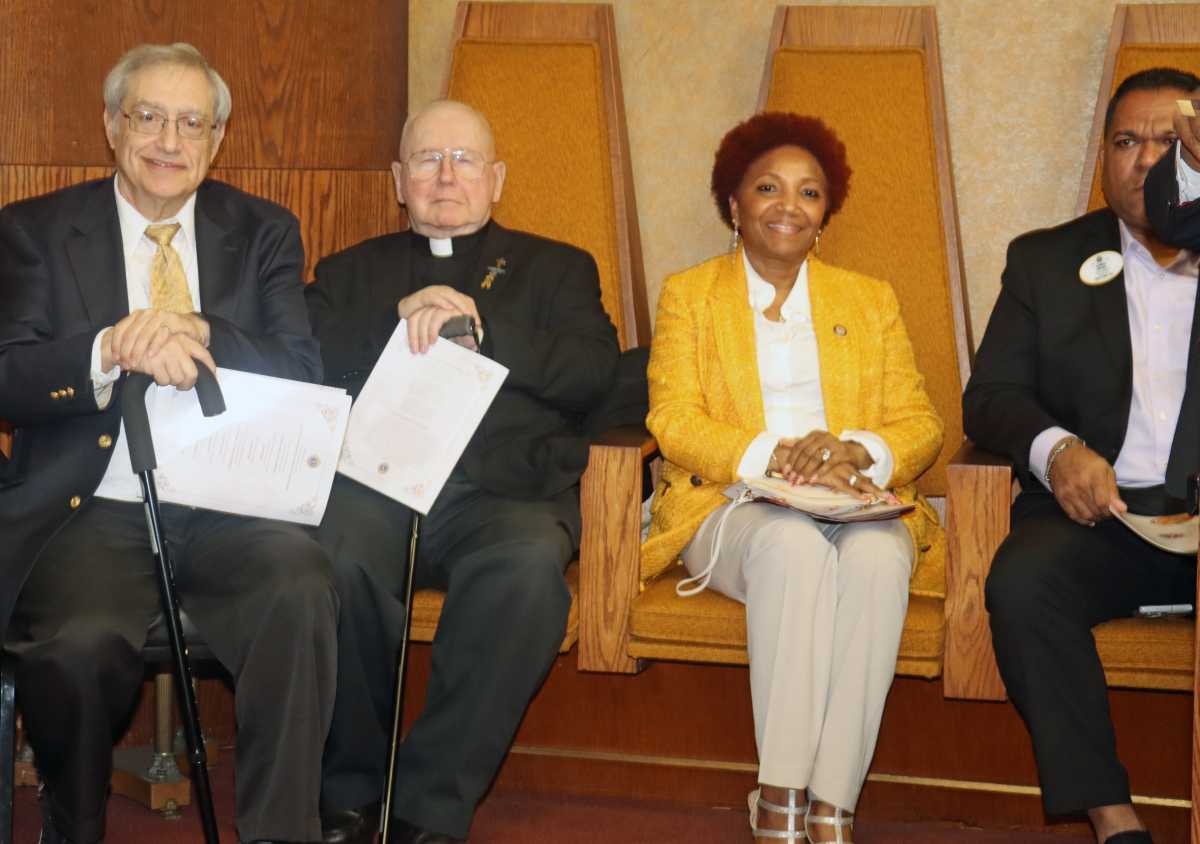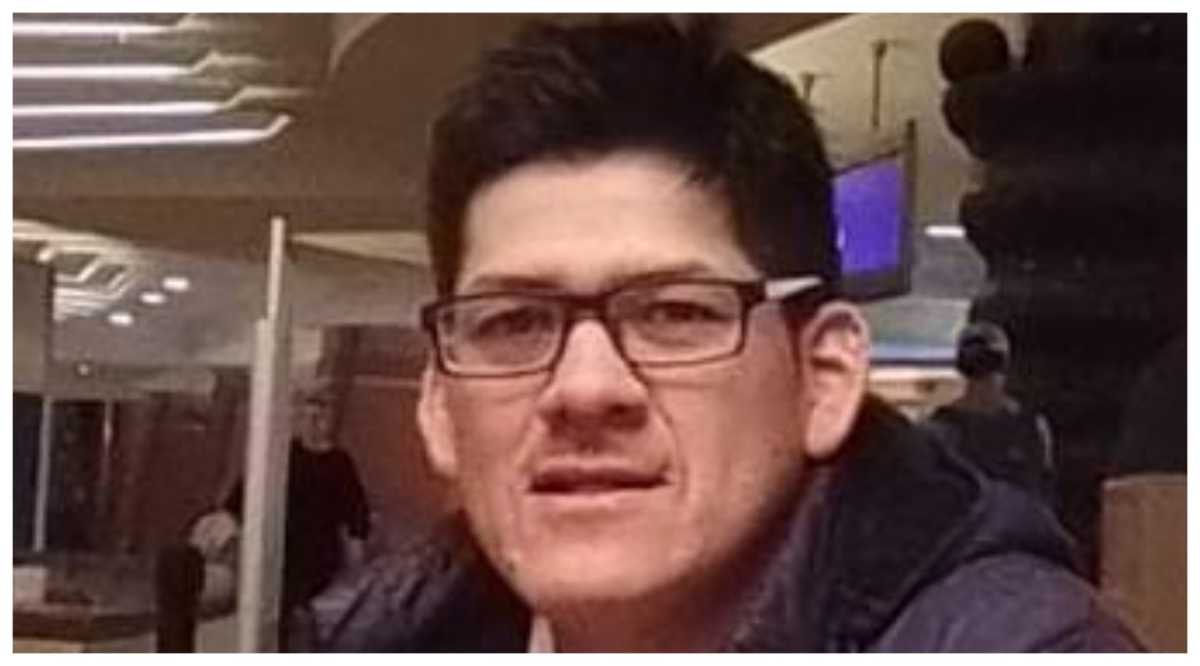The New York City Council is pushing the historically-white FDNY to overhaul its workforce into a firefighting coalition that better reflects city demographics.
Meanwhile, the FDNY’s most diverse unit — FDNY fire protection inspectors (FPI) — who have long alleged that pay discrepancies between their unit and the majority-white FDNY building inspectors (BI) unit are racially discriminatory, took their grievances to a U.S. District Court in October, and their case is gaining steam.
The lawsuit — originally filed by five plaintiffs against the city — which alleges racial bias in the city’s pay scale, resulting in a $9,000 pay gap between FDNY fire inspectors and the FDNY building inspectors unit, is now a class-action lawsuit.
On Monday, U.S. District Judge Analisa Torres granted roughly 507 FDNY fire inspectors a federal class certification stating in her ruling that their arguments and data were convincing enough to warrant class-action status.
“For too many years, the City has treated FDNY Fire Protection Inspectors as second-class employees,” said Darryl Chalmers, a 14-year fire inspector and the first named plaintiff in the lawsuit. “We look forward to the day when our critical services to the City are properly valued.”
On the same day, new legislation introduced by City Council Speaker Adrienne Adams and the council’s Black, Latino and Asian caucuses, aims for the FDNY to implement a plan to hire more women and minority firefighters by March 1 to “reflect that of the city’s population as a whole.”
Currently, the Fire Department’s 11,000 uniformed firefighters are not that diverse — 76% are white, 8% are Black, 13% are Asian and 0.8% identify as another ethnicity, according to a committee report. This also extends to FDNY’s leadership units, which are also nearly all white men — less than 1% are women.
The FDNY has been sued previously for discriminating against non-white applicants.
FDNY’s fire inspectors — a workforce where 70% of its personnel are people of color — said the pay gap with building inspectors has ranged from as low as $1,600 in 2010 to a high of about $9,000 in recent years.
Among the arguments raised by fire inspectors is that the work of 400 FPIs and the approximately 625 BIs — both civil service positions — are substantially similar and if doesn’t warrant the large disparity in pay.
Plaintiffs also noted that pay discrepancy can’t be explained by market demands. According to the U.S. Department of Labor, in six of the eight other largest U.S. cities, city fire inspectors were paid 10% more than building inspectors on average.
The FDNY receives more than $100 million per year, with over $200,000 coming from the inspections, licenses, fees and fines that fire inspectors issue.
Fire inspectors estimate that their impact on the city is a 14-year decline in fire-related deaths and a $1.5 billion increase in revenue over the same timeline.
Fire inspectors allege the pay disparity is a part of a “broader pattern” of discrimination inflicted upon fire inspectors within the FDNY, which also includes being issued fewer and inferior safety equipment by the department and protective clothing and exclusion from award ceremonies.
“Our fire inspectors protect the lives and property of New Yorkers every day, but the City has been unwilling to pay them fairly – because they are primarily people of color. This is wrong,” said Oren Barzilay, president of FDNY EMS Local 2507 ,which represents fire inspectors, EMS and firefighters. “We are thrilled that all FDNY fire protection inspectors, not just the five named plaintiffs, will have the opportunity to prove that they should be paid at least as much as city building inspectors.”
In the 1990s, the fire inspectors unit had a majority white makeup. Over the past 20 years, racial minorities began surging within the fire inspection ranks and by 2017, about 30% of FPIs were white, about 40% were African American, about 15% were Asian American, and about 15% were Hispanic.
Members of the City Council hopes that organic change in workforce diversity can be replicated throughout the FDNY, if the newly proposed legislation is passed. In her testimony on Monday, the FDNY’s acting fire commissioner, Laura Kavanaugh, who is also the first woman to lead the department, said she supported the council’s push for more diversification in its ranks.
More issues could be ahead for the FNDY’s workforce, with Mayor Eric Adams ordering city departments to trim 8% of its workforce — which is already down 24,000 positions from last year — in two years. Fire officials cite that reduction in staff will undoubtedly lead to an impact on services and will delay response times to the public.
Reach Robbie Sequeira at rsequeira@schnepsmedia.com or (718) 260-4599. For more coverage, follow us on Twitter, Facebook and Instagram @bronxtimes























